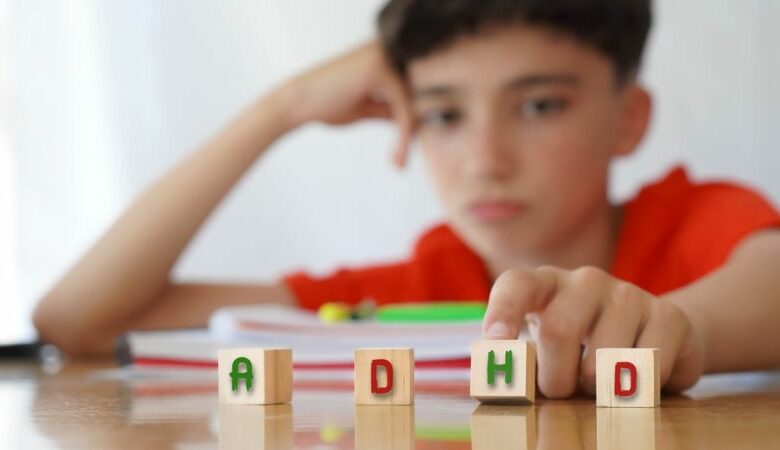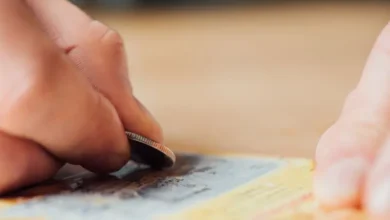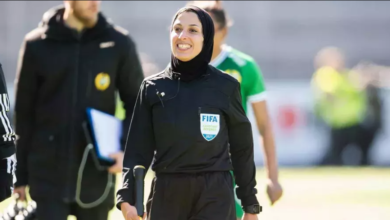How to help child with ADHD

Attention-Deficit/Hyperactivity Disorder (ADHD) can present unique challenges for children and their families. With the right strategies and support, children with ADHD can thrive academically, socially, and emotionally. Here are actionable ways to help a child with ADHD:
1. Create a Structured Environment
Children with ADHD benefit from routines and clear expectations.
- Establish a schedule: Maintain consistent daily routines, including meals, homework, and bedtime.
- Set clear rules: Use simple and concise language to explain expectations. Visual aids, such as charts or checklists, can help reinforce them.
- Designate organized spaces: Keep the child’s workspace and play areas tidy to reduce distractions.
2. Break Tasks into Manageable Steps
Long tasks can overwhelm a child with ADHD.
- Chunk assignments: Break projects or chores into smaller, more achievable steps.
- Use timers: Set timers to help your child focus for short intervals, followed by breaks.
- Celebrate milestones: Praise or reward small successes to maintain motivation.
3. Encourage Physical Activity
Exercise can help channel excess energy and improve focus.
- Incorporate movement: Encourage activities like running, swimming, or dance.
- Brain breaks: Allow for frequent short breaks during sedentary tasks to release pent-up energy.
- Mindful exercises: Activities like yoga or martial arts can enhance focus and self-discipline.
4. Support Learning and School Success
Collaborate with teachers and use tools to make learning more accessible.
- Work with educators: Develop an Individualized Education Program (IEP) or 504 Plan tailored to your child’s needs.
- Offer homework help: Create a distraction-free homework zone and provide hands-on support when needed.
- Use assistive tools: Consider apps or gadgets designed to help kids with ADHD stay organized and engaged.
5. Foster Emotional Regulation
Teach your child strategies to manage emotions and build resilience.
- Practice mindfulness: Teach simple mindfulness exercises, such as deep breathing or visualization.
- Use role-play: Act out scenarios to help your child practice social skills and emotional responses.
- Offer reassurance: Provide consistent support and encourage open communication about feelings.
6. Limit Distractions
Minimizing distractions can improve focus and reduce frustration.
- Control screen time: Set boundaries for TV, video games, and digital devices.
- Create quiet zones: Designate a calm space for studying or relaxing.
- Simplify choices: Reduce clutter and limit the number of toys or activities available at one time.
7. Reinforce Positive Behavior
Acknowledging good behavior encourages your child to repeat it.
- Use rewards: Implement a reward system with tangible incentives for completing tasks or showing effort.
- Offer praise: Be specific when recognizing achievements (e.g., “Great job focusing on your homework!”).
- Avoid punishment: Redirect energy into constructive outlets rather than reprimanding impulsive behavior.
8.Prioritize Self-Care
Caring for a child with ADHD can be demanding, so it’s essential to care for yourself too.
- Take breaks: Regularly recharge through hobbies, exercise, or socializing.
- Seek support: Reach out to friends, family, or professionals when needed.
- Celebrate progress: Focus on your child’s strengths and milestones, no matter how small.
By incorporating these strategies, you can help your child with ADHD navigate challenges and unlock their full potential. With love, patience, and the right resources, your child can thrive in any environment.










